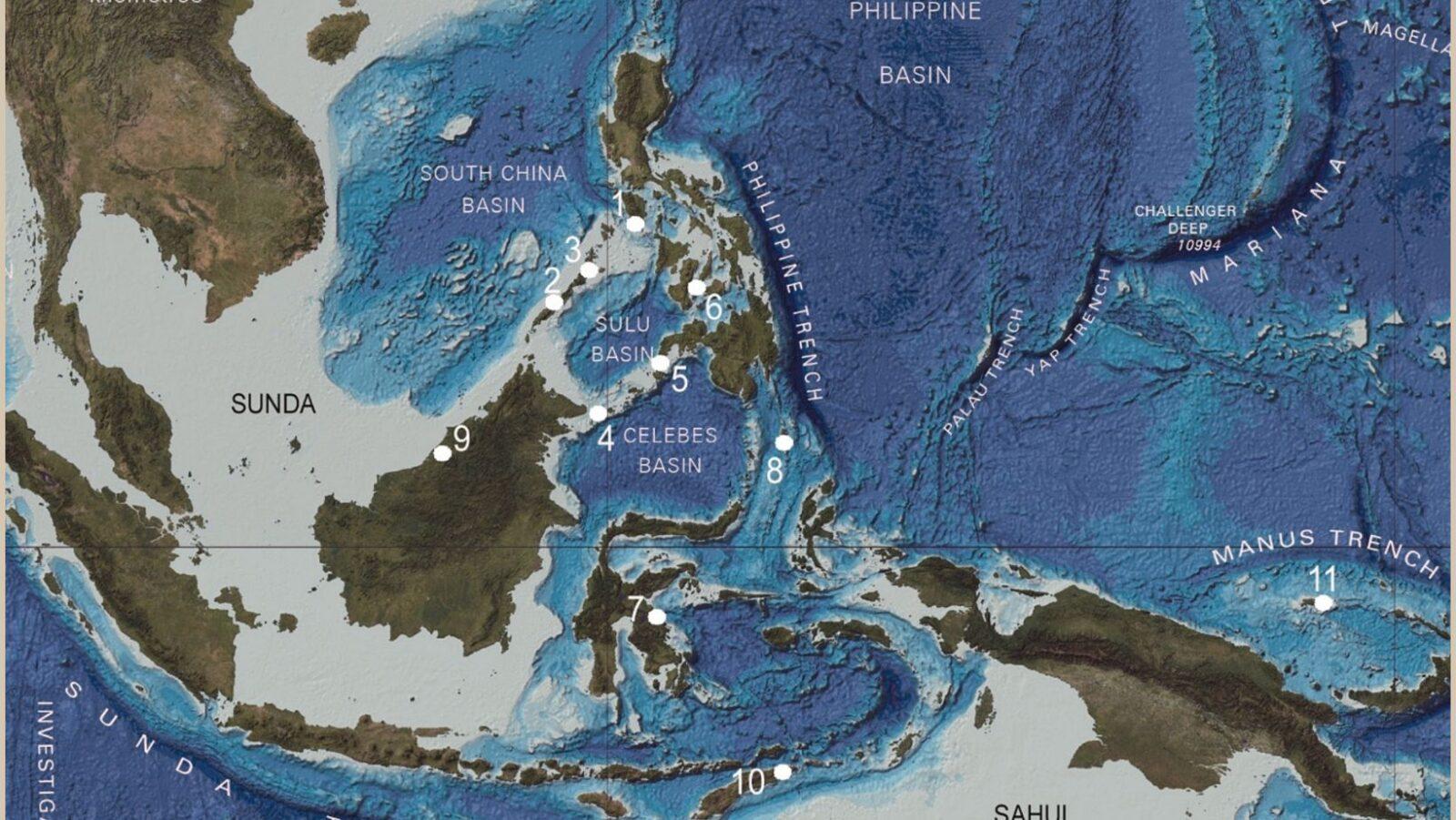Filipinos aren’t just talented and creative; we’re also great at coming up with brilliant ideas on extremely short notice. The recent NASA Space Apps Challenge, a hackathon held at the De La Salle University (DLSU) in Manila from October 19 to 21, certainly attests to that.
The basic problem was straightforward: Using NASA resources and data, come up with a solution to a pressing challenge on Earth and in space within 48 hours.
The participants, who came from various fields of expertise, produced creative, interesting, and useful output. One team developed an augmented reality (AR) mobile app that tells the story of how the icy Arctic and Antarctic landscapes are changing. Another team made an artificial intelligence (AI) app to help scientists determine if any planets outside of our Solar System are capable of supporting life. A couple of teams even came up with games using Earth imagery and photos taken via the Hubble Space Telescope.
Ultimately, two apps addressing major local challenges aced the competition.
IT professionals Revbrain G. Martin, Marie Jeddah Legaspi, and Julius Czar Torreda produced a mobile and SMS app for fishermen. The app enables them to receive relevant, real-time updates on the weather, wind speed, cloud coverage, and other factors that could affect their fishing activities. Meanwhile, students Jeorge Loui P. Delfin, Bluen Ginez, Samuel Jose, Rainier Garcia Narboneta, and Eugenio Emmanuel A. Araullo designed an emergency checklist kit app for disaster preparedness.
Level “app”
From October 20 to 21, the teams came up with their own projects following the hackathon’s theme (“Earth and Space”). Contrary to what the name may imply, the participants weren’t specifically instructed to stick to apps. They were allowed to create anything — videos, communication tools, and even artwork — as long as their output addressed global challenges. Each team was guided by mentors from the academic, research, technology, and business sectors. Incidentally, companies seeking projects and solutions with business potential were also present at the hackathon.
Deputy Chief of Mission John Law of the US Embassy, PLDT Enterprise Core Business Research and Development head Leandro T. Santos, Deputy Executive Director Engr. Raul C. Sabularse of DOST-PLDT Enterprise Core Business Research and Development (DOST-PCIEERD), Senior Planning Officer Yvette M. Cabrera of the Department of Information and Communications Technology (DICT), and Animo Labs Executive Director Federico C. Gonzalez served as jurors for the hackathon.

The hackathon proper wasn’t the only highlight of the NASA Space Apps Challenge, though. Prior to the actual hackathon, the teams participated in a day-long data boot camp on October 19. The bootcamp employed an alternative approach to teaching: stardust stations, which served as venues for demonstrations, lectures, and other educational activities. The stardust stations showcased different topics such as AR and user experience, educational robotics, smartglass applications, cloud services, and even Diwata-1‘s API.
In addition, the bootcamp featured keynote speakers, panelists and mentors who shared their insights with the participants. Among the topics discussed were an introduction to the Space Apps initiative, the Earth’s environment, and microsatellite development in the Philippines.
NASA probes for world-class ideas
The NASA Space Apps Challenge is an annual international hackathon that started in 2012. It is said to be the world’s largest global hackathon.
Programmer Michael Lance M. Domagas headed this session of the 2018 NASA Space Apps Challenge. It was co-organized by DLSU (care of Christine M. Abrigo, Donna Labangon, and Kevin Anthony Kaw) and the United States Embassy (represented by Jeanie Duwan, Randolf Mariano, and Xavier Lara from American Spaces Philippines), in partnership with PLDT.
References
- Official press release.
- https://2018.spaceappschallenge.org/
Author: Mikael Angelo Francisco
Bitten by the science writing bug, Mikael has years of writing and editorial experience under his belt. As the editor-in-chief of FlipScience, Mikael has sworn to help make science more fun and interesting for geeky readers and casual audiences alike.







